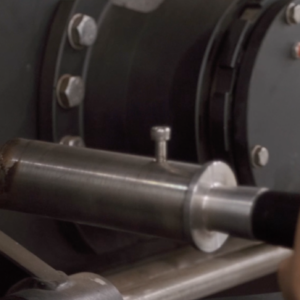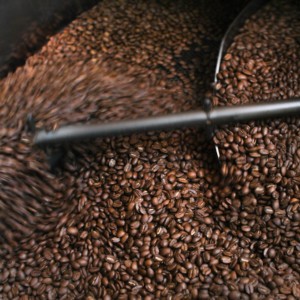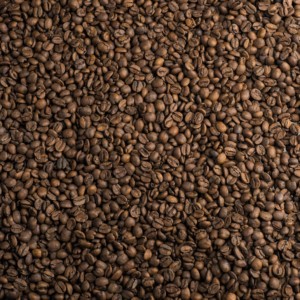01.
Brief
Each type of coffee has its own unique characteristics. They are the fundamental building blocks of the taste and experience of each coffee cup. Through proper roasting and preparation techniques, these properties are evoked and revealed to some extent.
To enrich these flavourful experiences, the coffee blending process is applied. Each type of coffee is seen as notes in the piece of music, creating a unique melody for each profile.
Not only explore more flavourful experiences, but the blending process also makes the cup quality.
02.
Our Process
The complexity of creating the desired flavour depends on the requirements for itself. At Ban Me Gold, we proceed as follows.
01 - Analysis & Evaluation
Analysis and evaluation requirements are given to clarify basic parameters such as price, coffee type. These basic analyses help us identify and select a suitable coffee, roasting and processing method for creating the right sample.
02 - Creating Samples
Based on the above results, we create roasting plans, blending options. Coffee is roasted or blended according to one of the two methods mentioned in section 03 below. These samples are noted and left resting before evaluation.
03 - Sample Evaluation
There’re two phases of the evaluation process:
- Stage one is to self-assess the samples, choose the ones that best suit the requirements.
- Then the second stage, we send the selected samples to the client.
If there isn’t any approval sample, we will repeat Step 01 with sample feedback. And so on, until the desired flavour is achieved.
04 - Mass Production
After determining the appropriate sample, we carry on tests to adjust the gap between sample roasting (small quantity) and mass roasting (large quantity). Usually, this calibration process at Ban Me Gold is about two to three batches of roasting.
05 - Archive
At the end of the process, we collect the roasting parameters from both the sample roaster and the industrial roaster. Records, history and evaluation will last until the product is no longer in production.
03.
Common Practices
There are two basic blending methods:
- Pre-roast blending: beans of different types of coffee are mixed together before roasting. To perform this method, coffee beans must ensure similarity in shape, size, density and moisture content. This method is sometimes more economical, the flavour is more harmonious and stable, but there is a risk that the coffee beans’ colour is uneven after roasting.
- Post-roast blending: green beans are roasted separately, and mixed after roasting. Because it is roasted separately, each coffee can be evoked and developed for its most distinctive flavour.
These two methods are selected depending on many factors, such as flavour requirements, density, shape. Ban Me Gold often balances this choice based on each type of coffee’s characteristics and stability in the Vietnamese market.
04.
Benefits
Blending coffee opens new paths of flavour to explore and creates stability for the quality and price of the end product.
Each blend profile usually uses two to three types of coffee, and in some cases, we use more than ten types. Blending helps to deal with fluctuations in the beans’ quality (possibly due to weather) or shortages in yield of certain types of coffee.
The flexibility in choosing the product’s ingredients also creates a price advantage and optimizes the end product price.
Interested in working with us?



